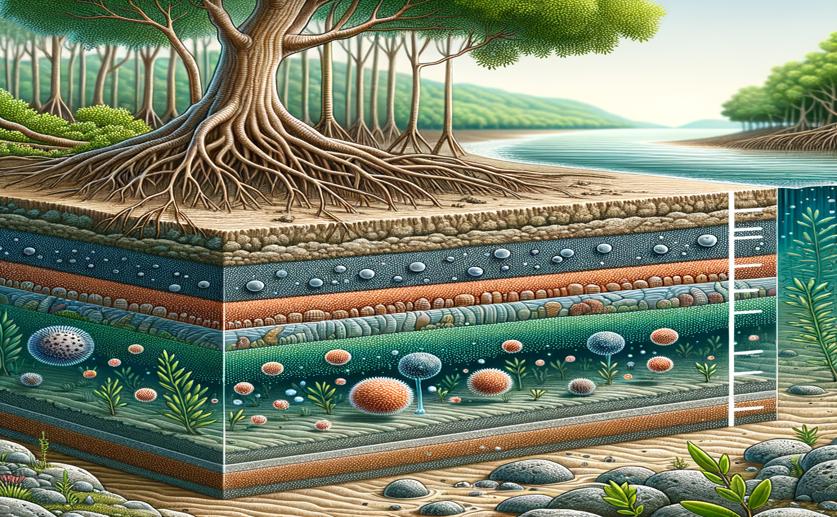
Distribution and Community Formation of Microbes in Mangrove Sediments
Jenn Hoskins
14th July, 2024

Image Source: Natural Science News, 2024
Key Findings
- The study by Shenzhen University explored the natural distribution and ecological roles of Myxococcota in various environments, focusing on mangrove sediments in China
- Myxococcota are widespread and exhibit significant niche differentiation, adapting to specific environmental conditions and prey types
- These bacteria produce diverse secondary metabolites that regulate microbial communities and are valuable for discovering new bioactive compounds
EnvironmentEcologyMarine Biology
References
Main Study
1) Biogeographical distribution and community assembly of Myxococcota in mangrove sediments
Published 13th July, 2024
https://doi.org/10.1186/s40793-024-00593-2
Related Studies
2) A phylogenetic analysis of the myxobacteria: basis for their classification.
Journal: Proceedings of the National Academy of Sciences of the United States of America, Issue: Vol 89, Issue 20, Oct 1992
3) Proposal to reclassify the proteobacterial classes Deltaproteobacteria and Oligoflexia, and the phylum Thermodesulfobacteria into four phyla reflecting major functional capabilities.
4) Diversity of Myxobacteria-We Only See the Tip of the Iceberg.



 8th June, 2024 | Greg Howard
8th June, 2024 | Greg Howard